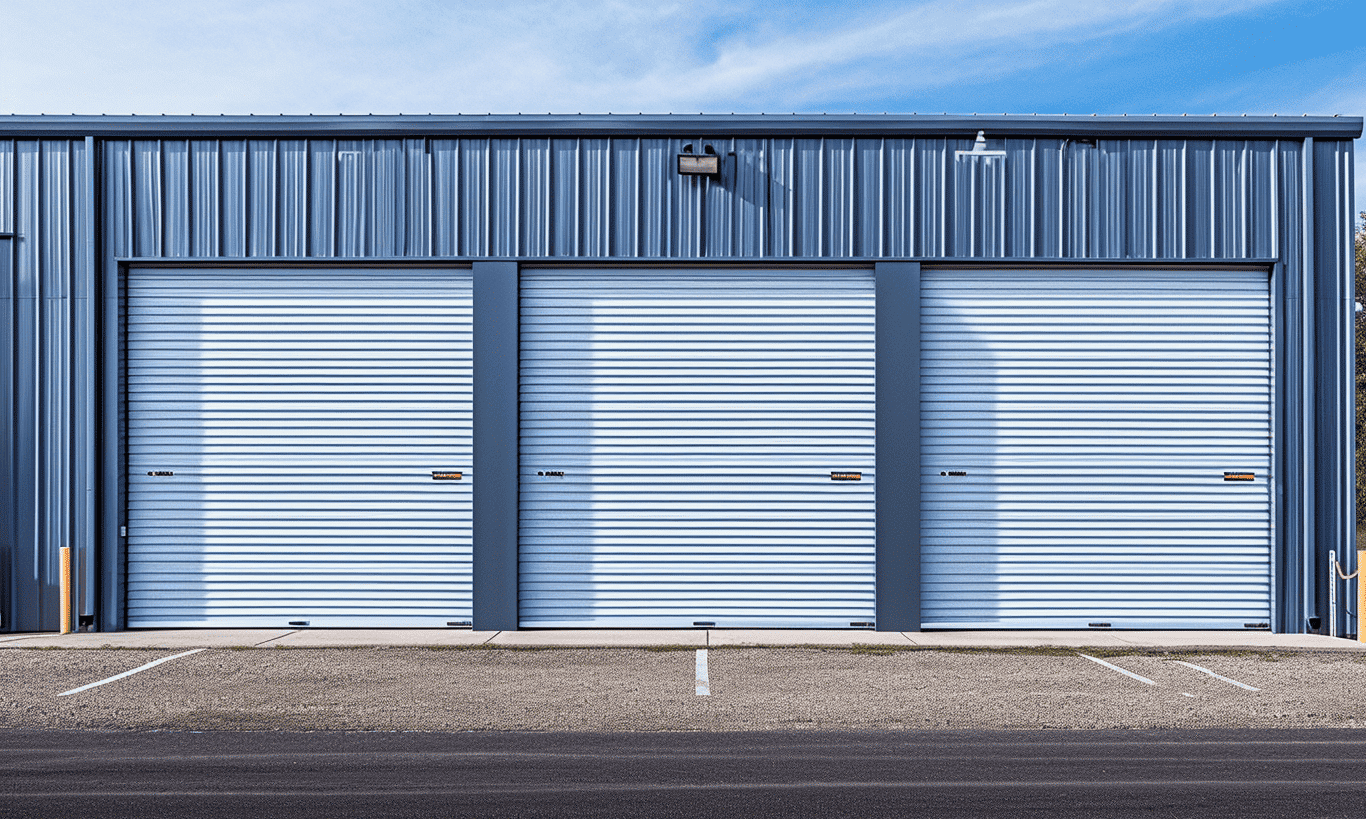Canadian Trade in the Reality of the Second Trump Presidency: Reflections and Strategies for the Construction and Real Estate Sector
The recent developments in the political landscape have seen Donald Trump secure a second presidency, set to shake the global trade relationship once again. However, considering the resilience shown by Canadian trade during Trump’s first term, there’s reason for optimism and preparedness, especially for sectors like construction and real estate.
Navigating the Trade Landscape in Trump’s Second Term
Trump’s first term bore witness to his disruptive yet significant ambitions to reshape global trade. While this brought considerable challenges to Canada’s economy, the response was no less formidable. Rather than sparking complete devastation, it catalyzed the exploration of strategies to weather the storm, particularly for those within the construction and real estate sectors.

Limiting the Effects on The Construction Sector
Tariffs were a significant tool in Trump’s trade arsenal during his first term, and they had specific impacts on the construction industry. Building materials such as steel and aluminum became pricier, leading to inevitable project cost increases. However, the sector’s pivot towards sourcing locally or finding alternative materials showed the industry’s resilience and creative problem-solving.
Real Estate: weathering the storm
In similar resilience, the broad real estate market, commercial and residential alike, demonstrated its ability to sustain demand. It proved that investors at home and abroad still saw the Canadian real estate market as a viable investment- and this is good news for the metal building industry.

Fighting Back with Innovation and Adaptability
Both the construction and real estate industries have shown remarkable adaptability in the face of challenges. They have embraced innovation and sustainability, a move that’s not just clever but also environmentally responsible. This can be seen in the shift towards eco-efficient construction methods and the increasing popularity of structures like steel buildings. [Steel buildings] combine affordability, durability, and versatility, making them an impressive solution amid a turbulent trade atmosphere.
Embracing Steel: Canada’s Feat of Strength
One example of this shift is the 20×20 metal building. A versatile asset that can be tailored for multiple uses, from garages to workshops, to storage facilities. Affordable, quick to erect, and withstanding harsh climates, they represent a savvy construction industry adaptation to potential supply chain disruptions. You can find detailed information about this option by visiting [20×20 metal buildings].

Conclusion: Towards a Resilient Canadian Economy
While the second Trump Presidency may initially cause alarm, it’s essential to remember Canadian trade’s resilience amid the first term. The construction and real estate sectors in particular exhibited notable adaptability, developing innovative strategies to counter tariff-induced challenges.
Canadian industries are continuously pivoting, strategizing, and innovating to not only handle the shifting trade environment but come out stronger and more resilient. So as another chapter unfolds in the saga of global trade, we are reminded that challenges often spark the greatest innovations. Like the finest diamonds, the pressures of trade conflicts could help transform Canadian industries into entities of extraordinary value.
Have you noticed other ways sectors are responding to new trade realities? Join the conversation by leaving a comment or sharing your experiences.




